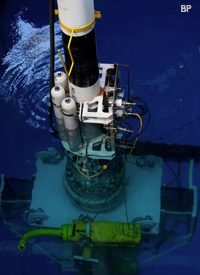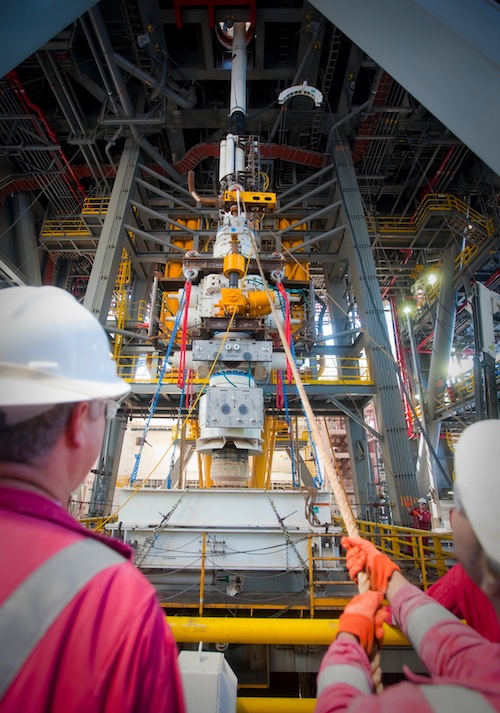
Earlier this week BP installed a new sealing cap on the well, starting the company’s latest attempt to shut off the flow of oil that has disrupted economic activity and threatened the environment in the Gulf of Mexico since April 20, when the Deepwater Horizon rig exploded and killed 11 people.
In a press release about the effort, BP warned that the cap was untried, and might not succeed. "The sealing cap system never before has been deployed at these depths or under these conditions, and its efficiency and ability to contain the oil and gas cannot be assured," the company warned in a July 12 release.
As of Friday, July 16, however, it appeared as if the cap had stopped the leak. BP shut the valves on the cap on Thursday afternoon; the next day, the Wall Street Journal reported: "That temporarily stopped the surge of crude oil."

During a Friday teleconference, BP Vice President Kent Wells said results so far were encouraging. "Pressure continues to rise," he said, noting: "The current monitoring shows no negative evidence, if you remember the big concern was whether we could have a breach to surface."
According to Wells, the pressure in the cap had exceeded 6,700 PSI.
In addition to potentially stopping the leak until more permanent solutions can be brought online, the new cap is designed to allow increased collection of oil from the well. Using the new cap, ships on the surface could potentially recover up to 60,000 to 80,000 barrels of oil each day. It has been estimated that between 35,000 and 60,000 barrels of oil have been leaking from the well every day.
Speaking from the White House President Obama called the new cap "good news" but urged caution nonetheless.
"For almost 90 days of this environmental disaster, all of us have taken hope in the image of clean water instead of oil spewing in the Gulf. But it is our responsibility to make sure that we’re taking a prudent course of action and not simply looking for a short-term solution that could lead to even greater problems down the road."
The long-term solution has been the drilling of two relief wells. During the test of the new cap and the damaged well’s integrity, drilling operations were temporarily halted as a precaution. According to BP, drilling at the first relief well was suspended at 17,480 feet. "Operations on the second relief well have been temporarily suspended at 15,874 feet to ensure that there is no interference with the first relief well."
Despite the success this week with the new cap, says the company, "the relief wells remain the sole means to permanently seal and isolate the well."
Related article:


